Figuring out how to take the subway in Korea is the most convenient way to explore metropolitan Seoul and Busan. With the system internationally known for its cleanliness, efficiency, and affordability, getting around is easier than you might think.
Seoul metro hours are 5:30am to 11:59pm daily, including on holidays & weekends.
Understanding the basics, from how to buy tickets & ticket prices to rider etiquette, will help make your subway experience smooth and enjoyable. Getting into the rhythm of taking the Seoul subway is a great way to delve into the heart of Korea's dynamic urban life.
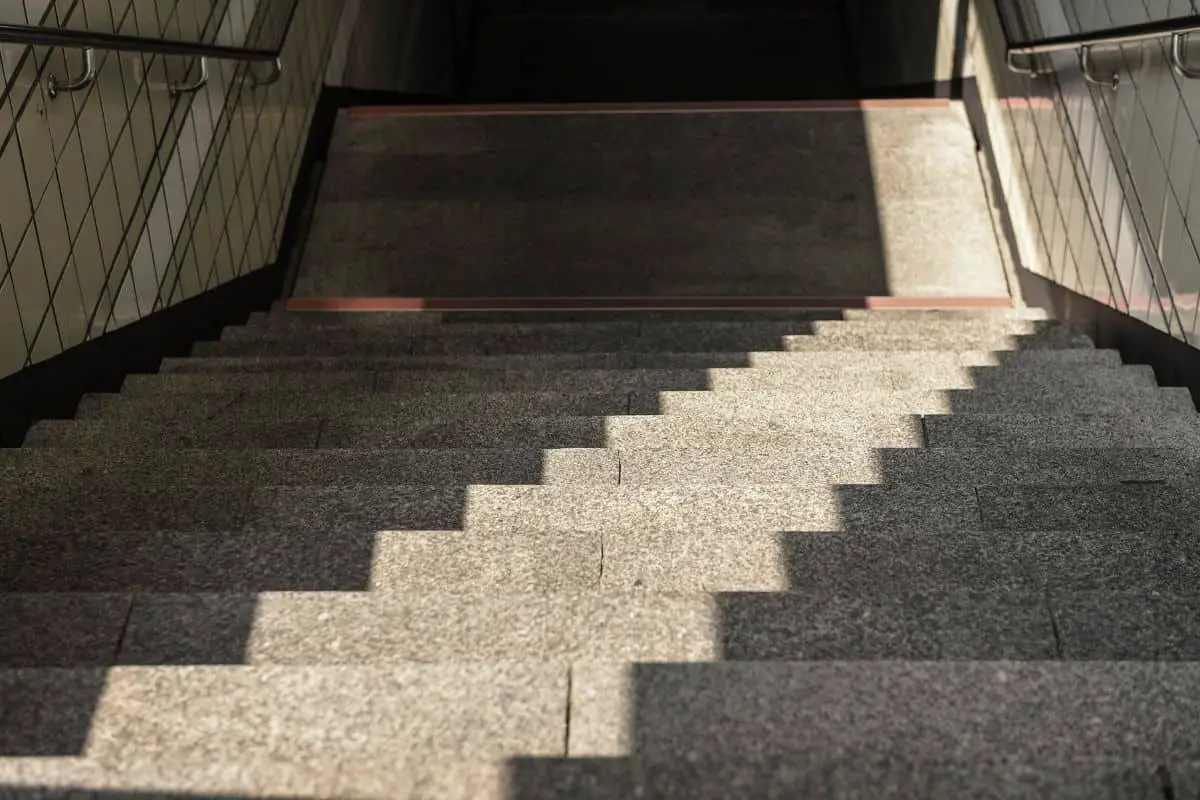
Jump to:
🚄 Understanding the Seoul Subway System
Exploring Seoul by subway is both convenient and efficient. The Seoul Subway System is vast, with the Seoul subway map as intricately networked as any other big city's, to accommodate travel across the entire Metropolitan area.
Components of the Subway System
The Seoul Subway System consists of a series of interconnected lines that service the Seoul metropolitan area, including Incheon Airport. Here's what you should know:
- Lines: Composed of 23 lines, each one is identified by different numbers and colors.
- Stations: Over 300 stations with stores, amenities and clear signage.
- Seoul Subway Map: Available at all stations and online, they provide a detailed layout of the entire system in every station.
Major Subway Lines
Some of the lines stand out for their utility and coverage:
- Line 1: Dark Blue. Cuts directly through Seoul from northeast to south west, connecting key areas and intersecting with other lines.
- Line 2: Green. Also known as the Circular Line, it loops around the city and is the most utilized.
- Line 4: Light Blue. Services central Seoul from north to south and connects to cultural and commercial districts.
To navigate the Seoul Subway System effectively, familiarize yourself with the main lines and always carry a Seoul Subway Map or easy Korean map app on your phone for reference.
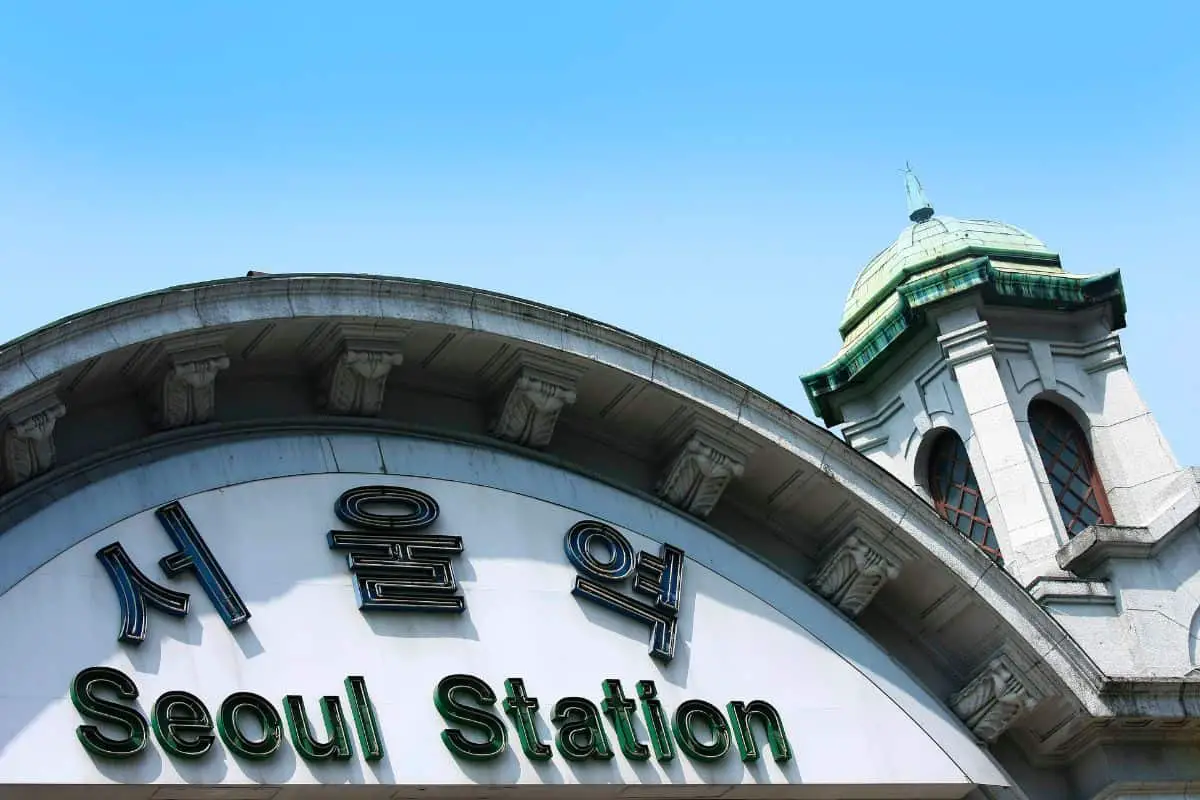
📝 Planning Your Journey
Riding the subway in Korea can be a seamless experience if you plan ahead. Essential tools like Korea subway maps and route-finding apps will ensure you navigate the network with ease.
Familiarize yourself with key stops and transfer points, especially if you're traveling in and around central Seoul for a few days, to make your journey smoother.
Using Maps and Apps
Before you set off, it’s a good idea to have a Korean subway map handy. You can find printed maps at stations, but for on-the-go planning, apps are incredibly useful.
Kakao Maps is a reliable option for real-time directions and finding the fastest routes. Additionally, there are dedicated subway apps available that provide detailed maps, timetable information, and even fare calculations, some of which have ads that can delay you getting quick answers, so test them out beforehand, when possible.
Identifying Your Route
To sort out your route quickly, start by pinpointing your current station and your destination on the map. Look for any transfer points along the way, which will affect your travel time.
If your destination is a popular landmark or neighborhood in Seoul, chances are it will be served directly by a nearby subway station.
- When planning your route, note that stations with a bolded 'T' or a different color outline, indicating a transfer point.
- Some transfers may involve a fair amount of walking, so consider your comfort and time constraints.
- For longer journeys with multiple transfers, try to limit them to minimize travel time and complexity.
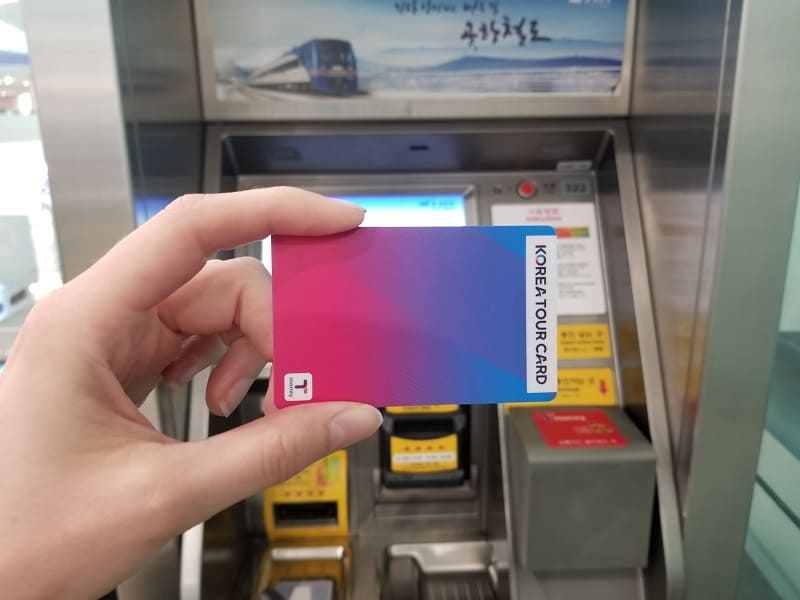
🎫 Purchasing Tickets and Fares
Exploring Korea by subway is convenient and budget-friendly, but navigating the ticketing system is crucial. Understanding the fare structure will help you travel easily, whether you're using a reloadable card or buying a single-journey ticket.
Types of Tickets
In Korea, you have the option to purchase single-journey tickets from vending machines or to opt for a rechargeable T-money card. The T-money card can be used not only for subways, but also for buses and even in some taxis, and can be reloaded with balance as needed.
If you're moving to Korea, you can also get a debit card with your bank which has a T-Money function on it automatically.
Payment Methods
When purchasing your single-journey ticket or reloading your T-money card, vending machines readily accept cash and credit cards. Be prepared with some Korean won in smaller denominations, as this can make the process smoother.
Understanding Fares
Subway fares in Korea start with a base fare that covers a set initial distance and then increases incrementally based on the additional distance traveled.
For instance, the subway system charges an adult fare starting at 1,250 won for up to 10 kilometers, with incremental charges for additional distances traveled.
If you're only visiting Korea for a short time, it's important to check the fare before your trip using a subway ticketing app. This way, you'll ensure your T-money card has sufficient balance to cover your journey as you tap in through the turnstile.
🗺️ Seoul Subway Map
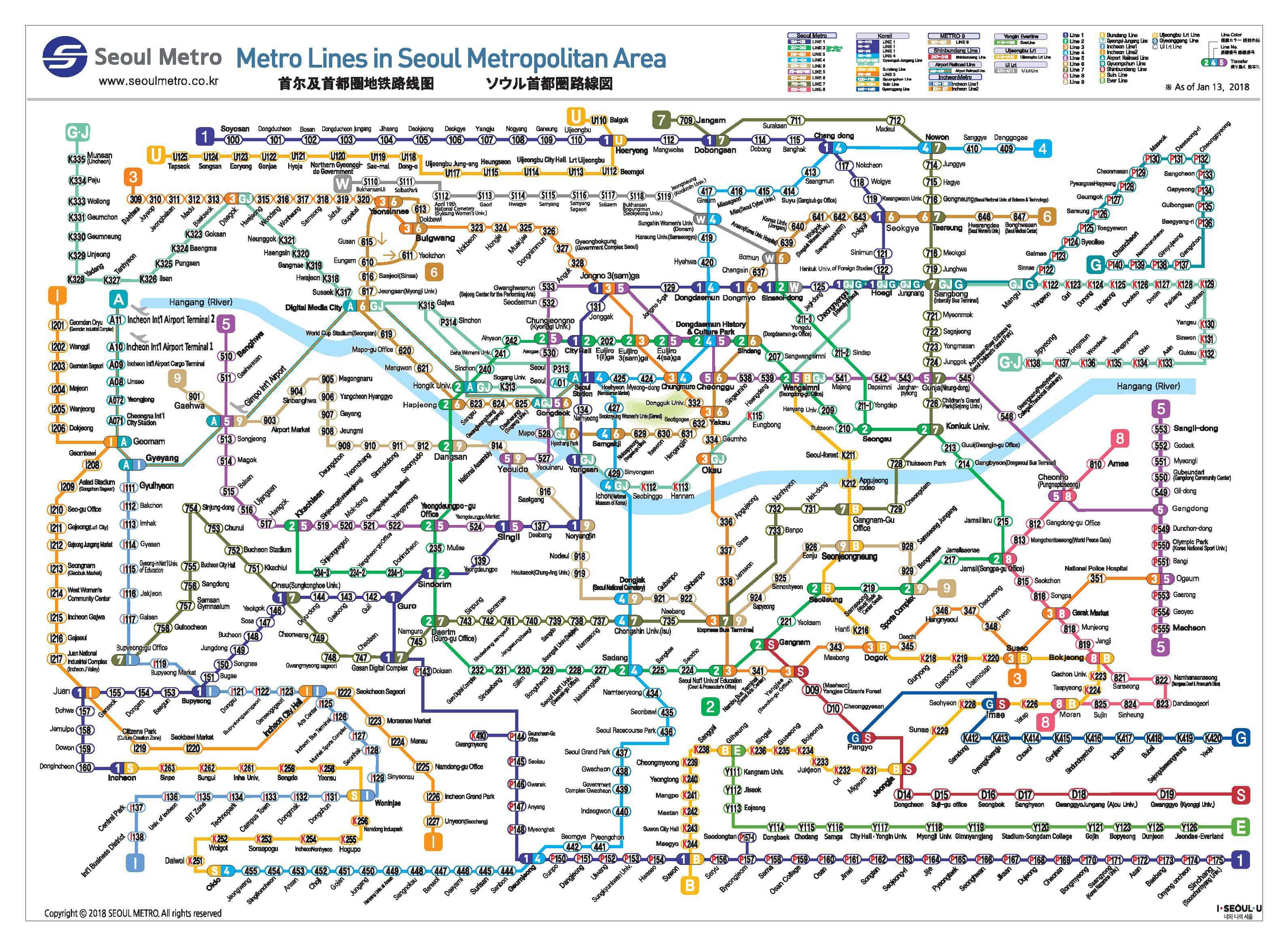
🚇 Navigating Subway Stations
Station Layout
Subway stations in Korea have a logical layout that includes platforms, lines, transfers, and services to facilitate your metro transit. Each station typically features clear signage in Korean and English, guiding you to your desired platform for the line you need.
Stations often have multiple levels connected by escalators and elevators, ensuring accessibility for all passengers. Pay attention to the line numbers and directions to ensure you're headed in the right direction, especially when you need to make transfers to different lines.
Finding Entrances and Exits
Your journey starts at the subway entrances, which are helpfully numbered to help guide your journey tot he trains, and may also have nearby landmarks listed to help you orient yourself.
Inside, the exits are also systematically numbered as you plan where to leave the station, providing a convenient reference point when planning your route or meeting up with friends.
Look for detailed maps of the surrounding area near these exits; they can be immensely helpful for finding your way once you're above ground. Remember that during rush hours, stations can become crowded, so allow extra time for navigating.
🛜 Accessibility of the Subways
Convenience for Elderly and Pregnant Women
As an elderly traveler or an expectant mother, you'll find priority seating designated just for you, making your ride more comfortable. Conveniently located wheelchair lifts and elevators in most stations also ensure safe and easy train access, but not all stations are accessible.
Check out the maps outside the stations or on the Seoul subway apps to figure out which entrances and stations have elevators for those with limited mobility - when my mom came to visit me in Seoul in 2019, we really had to plan our transit carefully to make sure she could enter and exit carefully, since she had trouble getting up & down stairs.
Amenities for All Travelers
Seoul's subway stations are more than transit hubs; they're packed with facilities to serve your needs. From convenience stores for quick Korean snacks and travel essentials to lockers where you can safely stash your luggage, you're well taken care of.
Need a break? There are plenty of seats and even specific breastfeeding rooms for nursing mothers. Plus pristine bathrooms, taxi stands, and enticing Korean restaurants make waiting for your next connection a breeze.

🚆 Using the Korean Subway
The Seoul subway system is your key to efficiently navigating the city. With clear signage in multiple languages and a consistent flow of trains, getting around Seoul will be both convenient and enjoyable.
Remember to observe local etiquette, particularly during peak hours, to ensure a pleasant journey for yourself and your fellow passengers.
Boarding and Exiting Trains
When you're ready to board, wait for passengers to exit before you step onto the train— you'll notice lines on the platform indicating where to queue. During your ride, keep conversations at a low volume and avoid eating or drinking unless you don't mind a whole lot of side eye.
The subway system offers signs in English and Chinese, making navigating easier. Once on board, it's customary to move to the car's center to make space for other riders.
Peak Hours and Etiquette
During peak hours, typically 7-9 AM and 6-8 PM, the subway can be crowded. Always stand beside the door to let others off before boarding. It's also important to note that eating is frowned upon inside the trains to maintain cleanliness.
Also, please give up your seat for the elderly, disabled, and pregnant passengers— this is not always feasible, but it's an action both appreciated and expected within Seoul subway culture.
😉 Practical Tips and Information
Safety and Security
Before jumping on board the subway in South Korea, familiarize yourself with some practical travel tips to ensure a safe and efficient travel experience. Keep your belongings, especially your backpack or purse, close to you at all times to avoid pickpocketing and other Korean travel scams.
The subway systems, especially in cities like Seoul and Daegu, are monitored with CCTV, but it's always a good idea to stay vigilant. Moreover, each train car and station has clearly marked Safety Zones monitored for additional security, mainly late at night.
Handling Emergencies
In the event of an emergency, you'll find that help is readily available; there's even emergency gear and provisions in large lockers in each station, in case of a natural disaster. Emergency intercoms are installed in every subway car, connecting you to the train operator or station staff.
If you need immediate assistance, look for the staff in uniforms or visit the customer service centers in the stations. For urgent matters, the emergency contact number in South Korea is 000.
Announcements inside the trains are made in multiple languages, which can guide you during any unexpected situations - though in three years of riding the Seoul subway, I never ran into any such issues.
Remember that your T-money card is not just a convenient payment method for the subway; it can be used in taxis and for other public transportation services as well. Should you need a refund on your unused T-money balance, you can process this at convenience stores or dedicated refund devices in subway stations.
For navigating through the city, apps like Citymapper or Subway Korea offer real-time updates, including operating hours and station information. And always remember to tap the card at both the entrance and exit gates.
🙋 Frequently Asked Questions
As a first-timer, to successfully navigate the Seoul subway, begin by locating a subway map at the station or using an app. Purchase a single-journey ticket or a rechargeable T-money card at a ticket vending machine, and then find your respective platform and wait for the train following the line color and destination indicated on your map.
Tourists can obtain a Seoul subway map at any subway station from the information desks. Additionally, online resources and apps provide up-to-date subway maps that are convenient to access on your mobile device.
You can purchase a T-money card, which is a rechargeable smart card for public transportation, from convenience stores or subway ticket machines. Another option is the single-journey ticket bought from vending machines within the subway stations.
The Seoul Metropolitan Subway has several companion apps. Some of the best and most user-friendly include the official 'Seoul Metro' app and 'KakaoMetro', which provide real-time train schedules and route information to help you navigate the system with ease.
The Seoul subway typically operates from 5:30 AM for the first train to around midnight for the final train at the end of each line. However, hours vary slightly depending on the line and the day of the week, so it's a good idea to check the schedule for your specific line ahead of time to find the last train of the day.

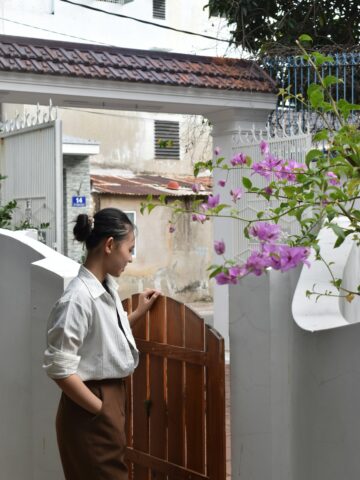


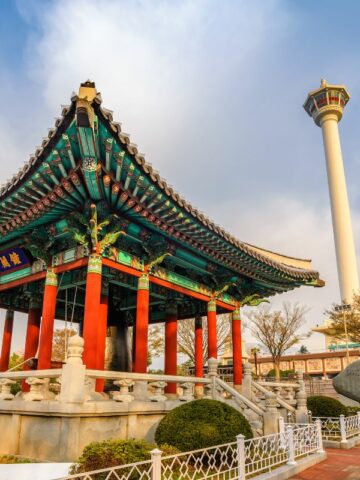
niyaz ali says
very good information and management, it's really good guide site. thank you.
Max says
Thank you for the kind words, Niyaz! Lots of work went into it. 🙂